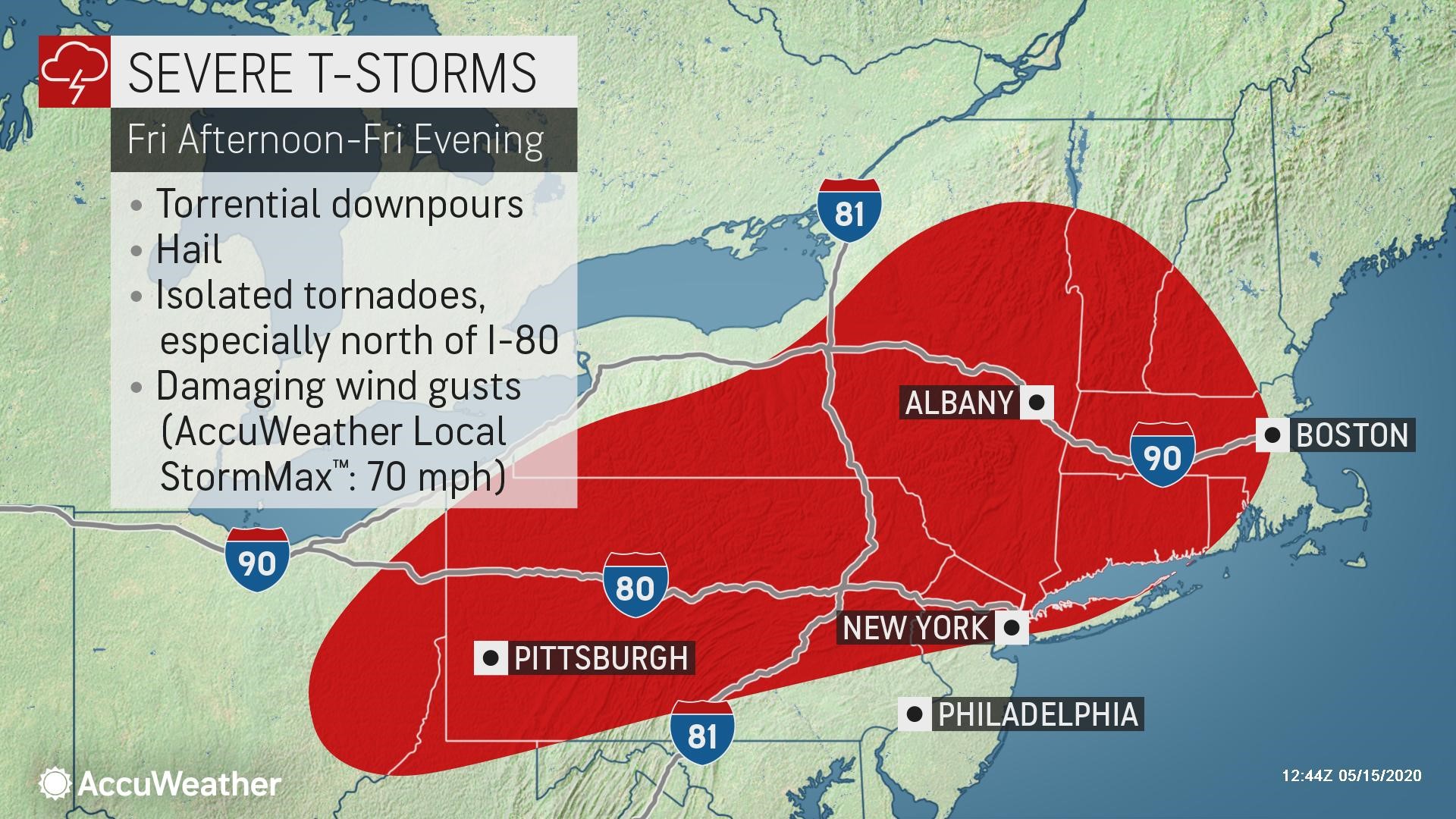Otsego Tornado



Historical Significance
The Otsego tornado holds immense historical significance as one of the most powerful and destructive tornadoes in Michigan’s recorded history. Occurring on May 31, 1980, it carved a devastating path through the small town of Otsego, leaving behind a trail of destruction and forever etching its mark on the community’s collective memory.
The Otsego tornado wreaked havoc, leaving a trail of destruction in its wake. Its path led it to the neighboring Kalamazoo County , where it continued its rampage. But the Otsego tornado was not done yet. It pressed on, leaving a lasting scar on the landscape.
The tornado, rated F4 on the Fujita scale, touched down near Otsego Lake and swept through the town with unrelenting fury. Its winds, estimated at over 200 miles per hour, tore apart homes, businesses, and infrastructure, leaving a scene of utter devastation in its wake. The tornado’s path extended for over 10 miles, leaving a wide swath of damage that took years to rebuild.
The Otsego tornado, a destructive force that left a trail of devastation, serves as a grim reminder of the unpredictable nature of these storms. As we grapple with the aftermath, news of a tornado warning in Broward County today sends shivers down our spines.
While we hope for the best, the Otsego tornado stands as a testament to the urgent need for preparedness and vigilance against these formidable forces of nature.
Eyewitness Accounts, Otsego tornado
Eyewitness accounts paint a vivid picture of the tornado’s terrifying power. One survivor recalled seeing “a wall of black clouds” descending upon the town, followed by an earsplitting roar that shook the ground beneath their feet. Another witness described the tornado as “a giant vacuum cleaner, sucking everything up into the sky.” The tornado’s destructive force was indiscriminate, uprooting trees, shattering windows, and sending debris flying through the air with deadly force.
The Otsego tornado, a powerful and destructive force of nature, tore through Otsego, Michigan, on May 31, 1980. Its path of destruction left a trail of devastation, from downed trees to shattered buildings. Learn more about the Otsego tornado and its impact on the community.
Otsego Tornado



The Otsego tornado was a destructive and rare tornado that struck Otsego, Michigan, on June 13, 1980. It was an F4 tornado with winds reaching up to 200 miles per hour and a damage path of over 12 miles long and a half-mile wide.
Scientific Analysis
The Otsego tornado formed as a result of a combination of favorable meteorological conditions. A strong low-pressure system moved across the Midwest, creating a region of instability in the atmosphere. Warm, moist air from the Gulf of Mexico met with cold, dry air from the north, creating a strong updraft that fueled the tornado’s formation.
The tornado’s unique characteristics were due to the fact that it formed over a lake. The lake water provided a source of moisture and warmth that helped to fuel the tornado’s intensity. The tornado also exhibited a “skipping” behavior, meaning that it repeatedly lifted off the ground and then touched down again. This behavior is thought to have been caused by the tornado’s interaction with the lake water.
The tornado caused extensive damage to Otsego and the surrounding area. The damage assessment revealed that over 100 homes were destroyed, and hundreds more were damaged. The tornado also caused significant damage to businesses and infrastructure. The total cost of the damage was estimated to be over $100 million.
Otsego Tornado



The Otsego tornado left an enduring mark on the community and the region. Its impact extended beyond the immediate destruction, shaping the course of recovery, rebuilding, and preparedness.
Legacy and Impact
The tornado’s destructive force left a lasting scar on the landscape. Homes and businesses were destroyed, leaving many residents homeless and displaced. The economic toll was significant, with businesses closing and jobs lost. The tornado also took a heavy emotional toll on the community, as residents grappled with the loss of loved ones, property, and a sense of security.
Recovery and Rebuilding
In the aftermath of the tornado, a massive recovery and rebuilding effort was launched. Local, state, and federal agencies provided assistance, and volunteers from across the country poured in to help. The community came together to support one another, providing shelter, food, and emotional support. Gradually, the town began to rebuild, with new homes and businesses rising from the rubble.
Lessons Learned and Advancements
The Otsego tornado served as a wake-up call for the community and for meteorologists and emergency responders. The event highlighted the importance of tornado preparedness and the need for improved forecasting and warning systems. In the years since the tornado, significant advancements have been made in tornado research and forecasting, leading to more accurate and timely warnings.
The Otsego tornado was a powerful and destructive force, leaving a trail of devastation in its wake. Similar to the tornado in Allegan , the Otsego tornado ripped through communities, uprooting trees and damaging homes. The aftermath of both tornadoes left residents reeling from the impact, but also grateful for the support and resilience of their communities.
The Otsego tornado, a destructive force of nature, left a trail of devastation in its wake. As the storm surged towards Allegan County, a tornado warning was issued, sending residents scrambling for safety. The tornado warning for Allegan County echoed through the air, urging people to seek shelter immediately.
The Otsego tornado’s wrath continued its relentless path, leaving behind a somber reminder of its destructive power.